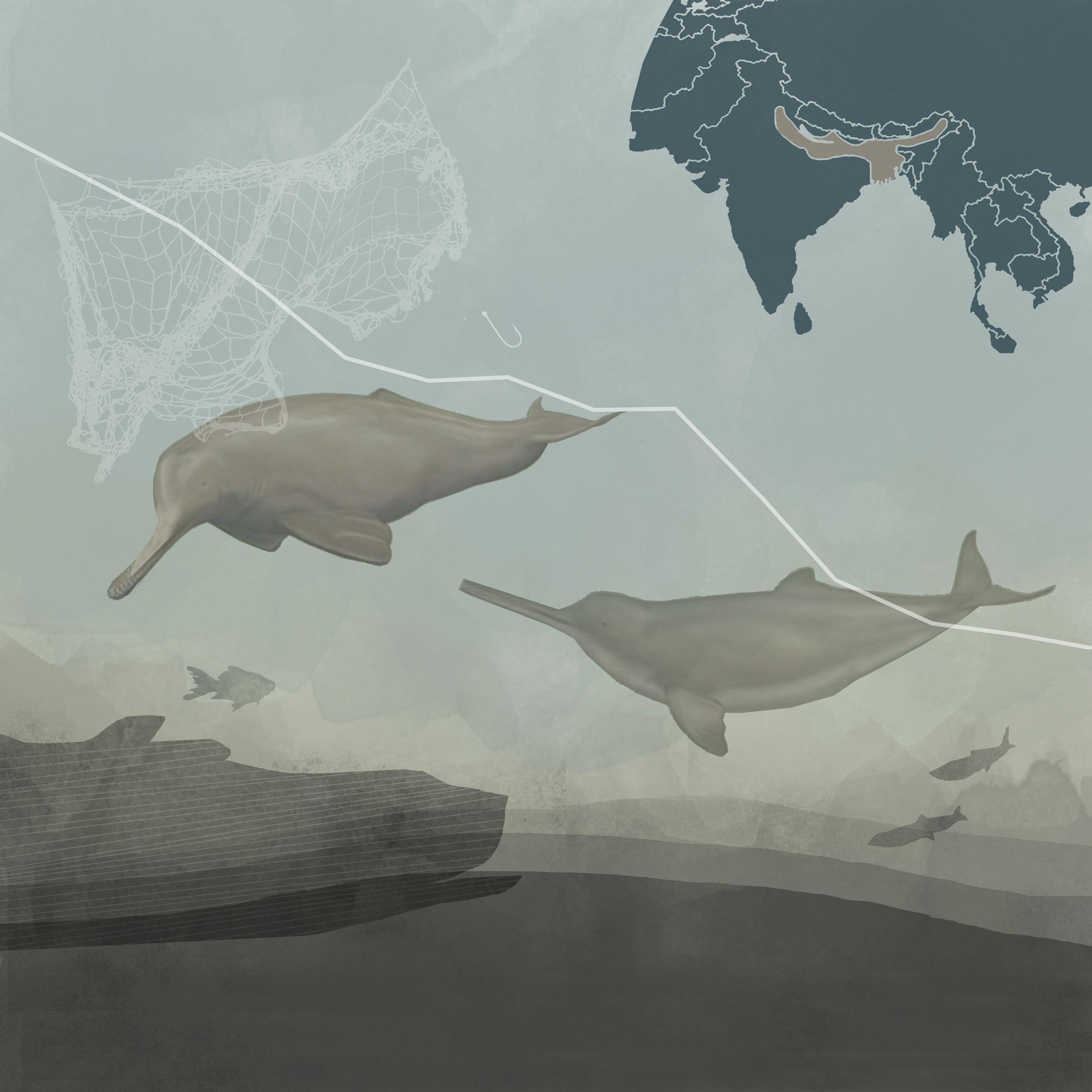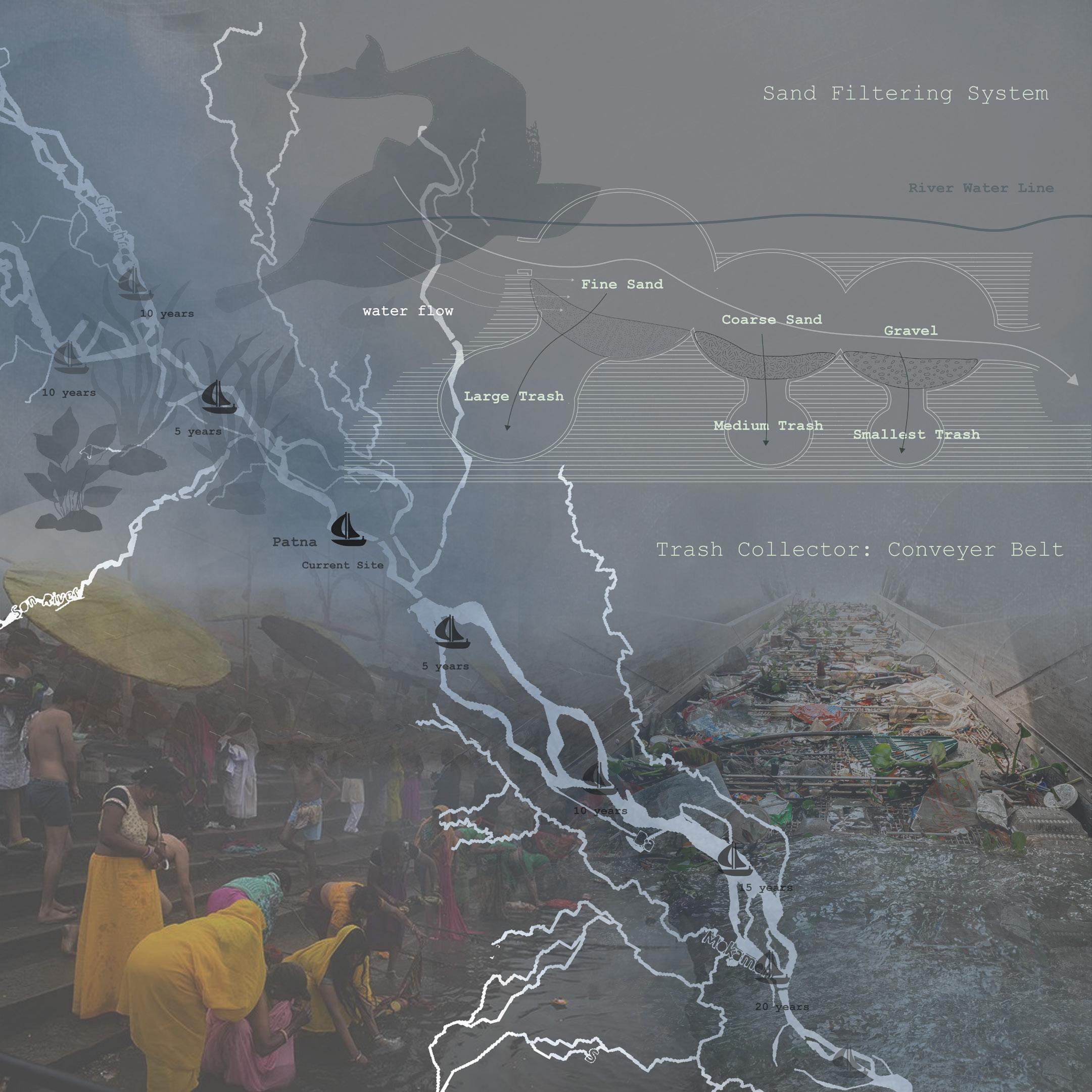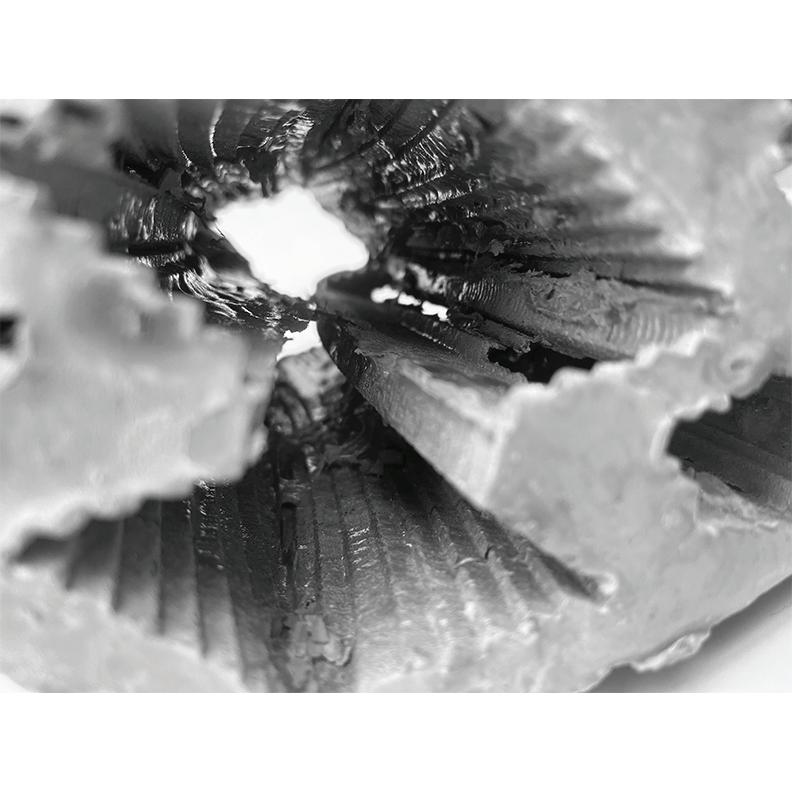
1 minute read
Sorting Ganges
Collaborated with Akshara Ramen
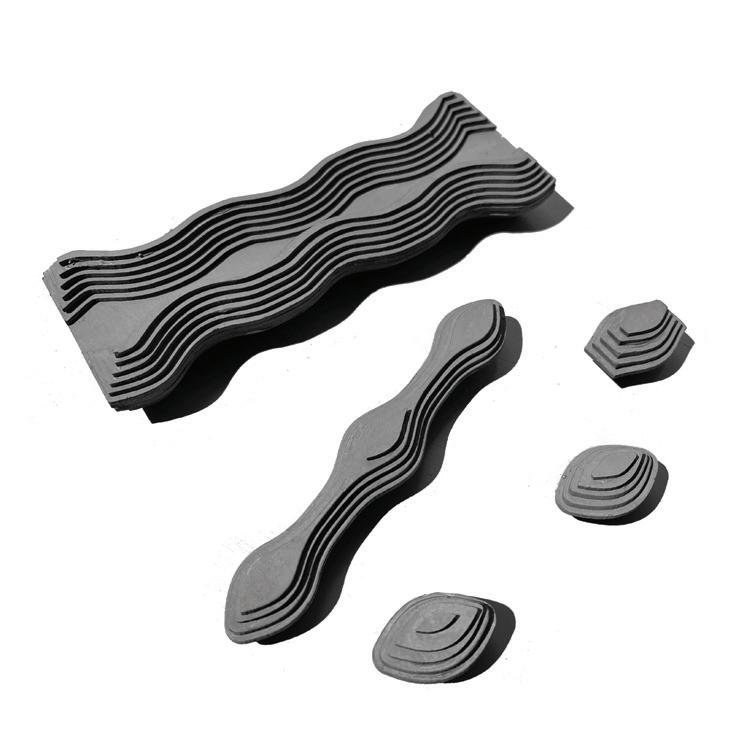
Advertisement
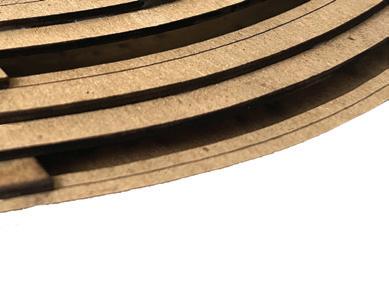
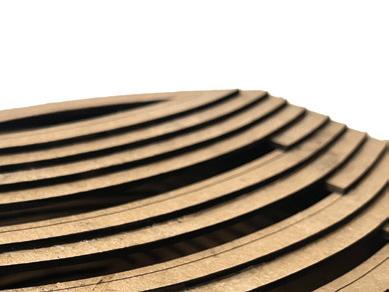
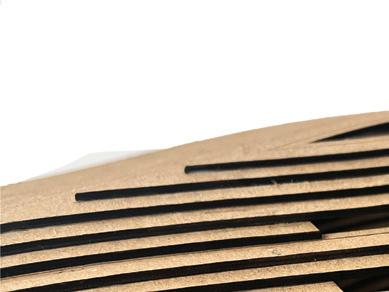
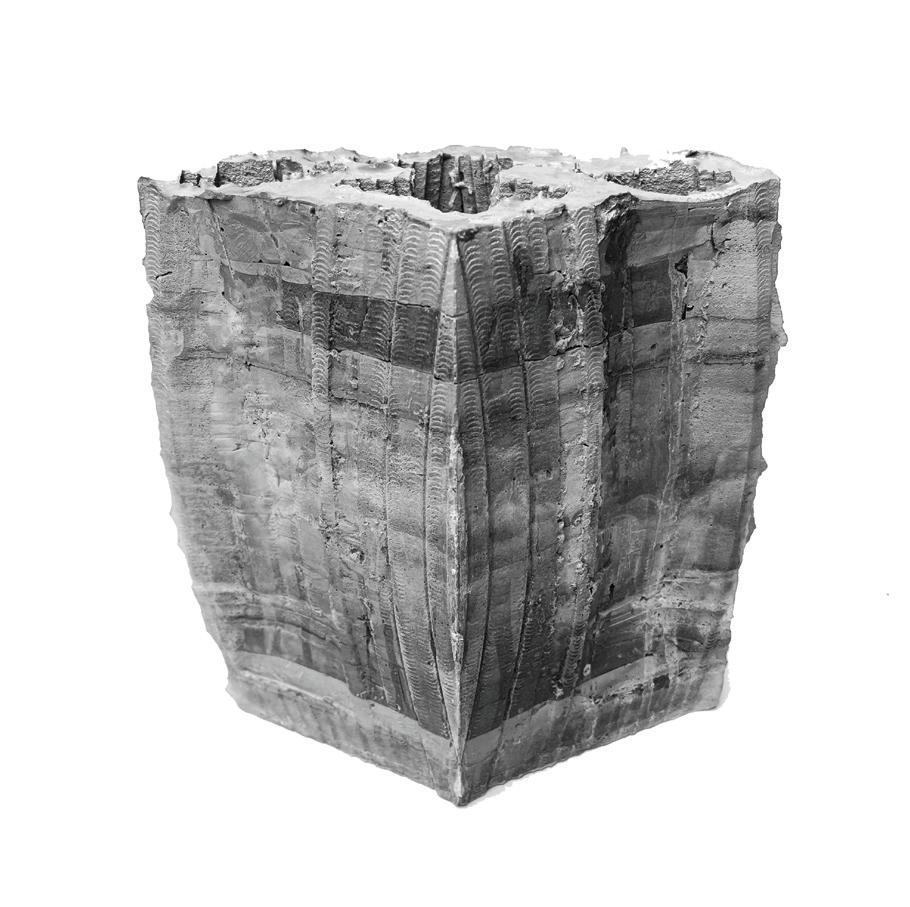
Our project, Sorting Ganges, aims to rejuvenate the Ganges River from its current polluted state and, by doing so, bring back the endangered Ganges River Dolphin Population. The Ganges River flows from the western Himalayan Glaciers through Northern India and Bangladesh and further empties into the Bay of Bengal. The river is religiously sacred to Indian residents, and many cities host several ritual activities. We specifically decided to look at Patna in the state of Bihar, India. A familiar ritual held along the Ganges here is taking a holy bath in the river, which is believed to wash away sins and bad luck. This ritual is usually done on one of the many ghats in the area. A ghat is a set of stairs, often made of stone or concrete, that lead into the water, commonly seen in Indian culture along the river coast. These steps serve as a threshold to the river and “change in size” based on how many steps get covered by flooding during the monsoon season. While ghats allow people to access the water, it is also a site for visitors’ trash to be left behind. Waste then easily flows into the river. This happens not only in Patna but throughout the river, as the Ganges surrounding land is the most densely populated part of India. This trash not only harms the use of the river for activities like baths but has dramatically affected the River Dolphin Population. Therefore our proposal for designing a vessel and recycling archive center hopes to solve those problems.
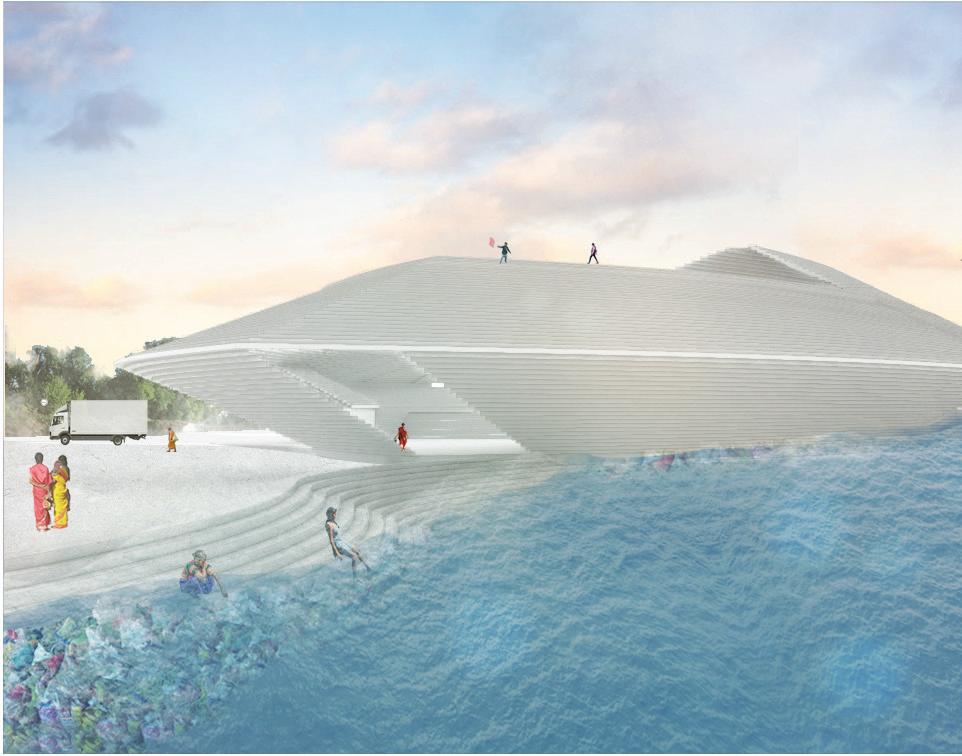
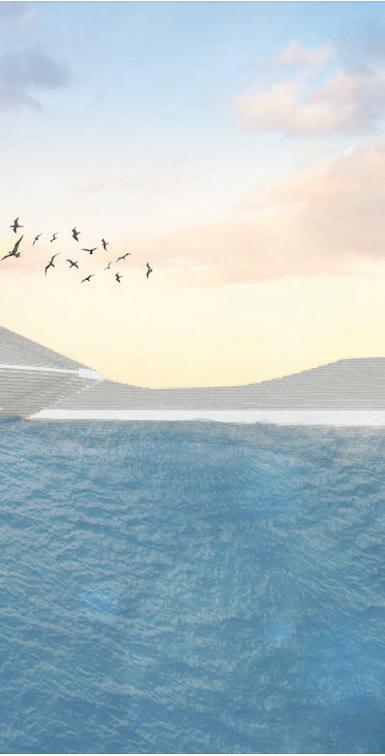
Adobe Photoshop, Adobe Illustrator
Adobe Photoshop, Adobe Illustrator, ARCGIS Pro
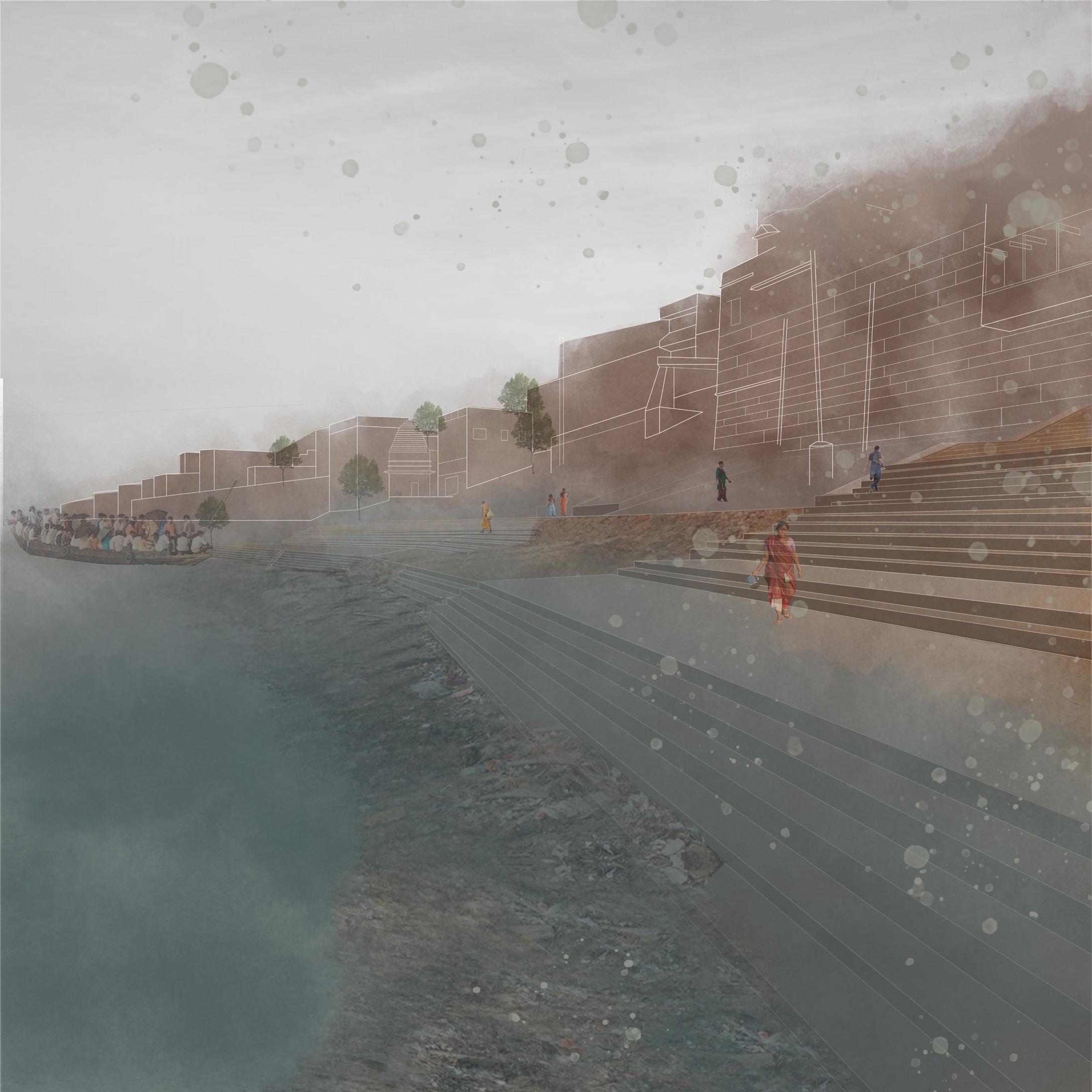
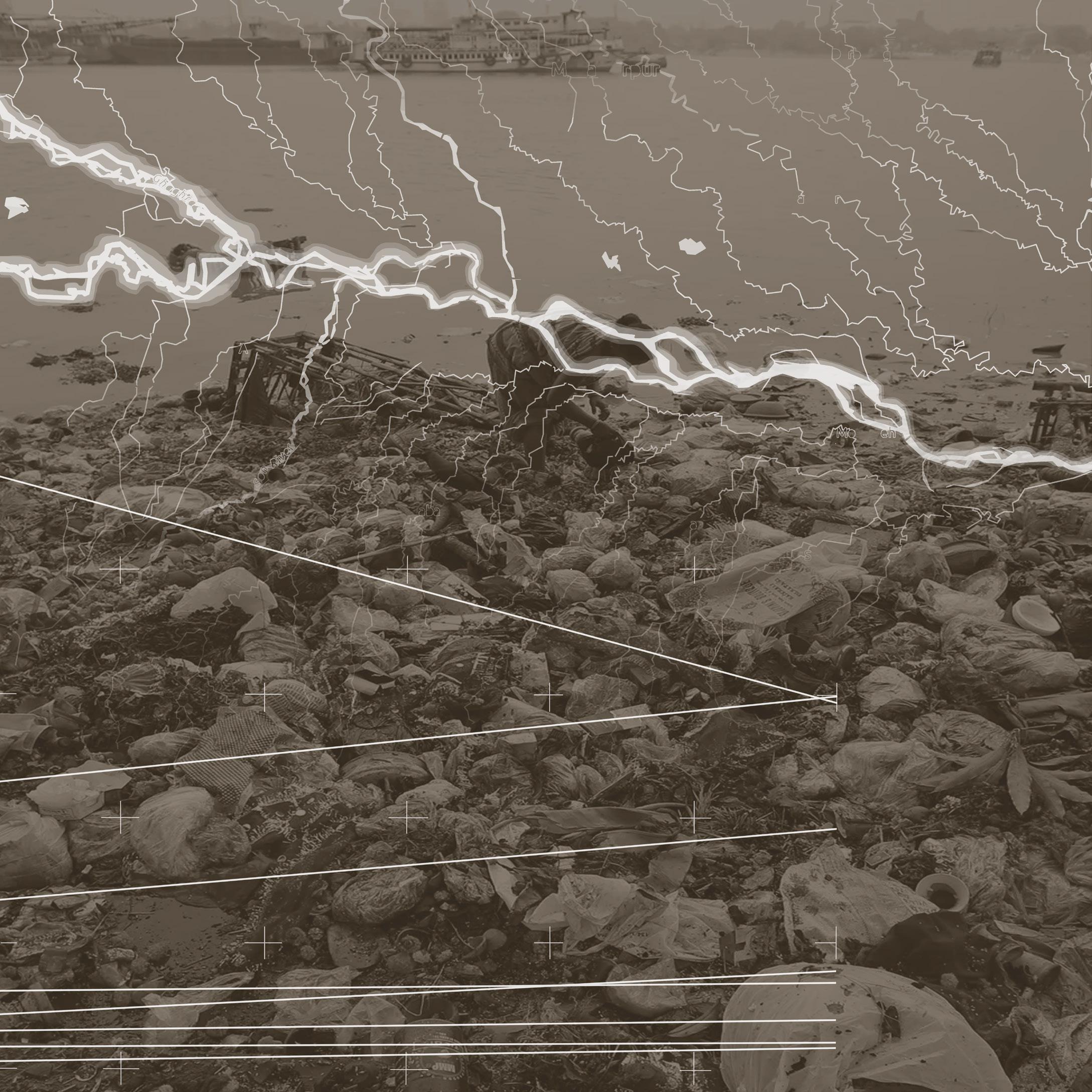
Ganges River Dolphine Extinction
